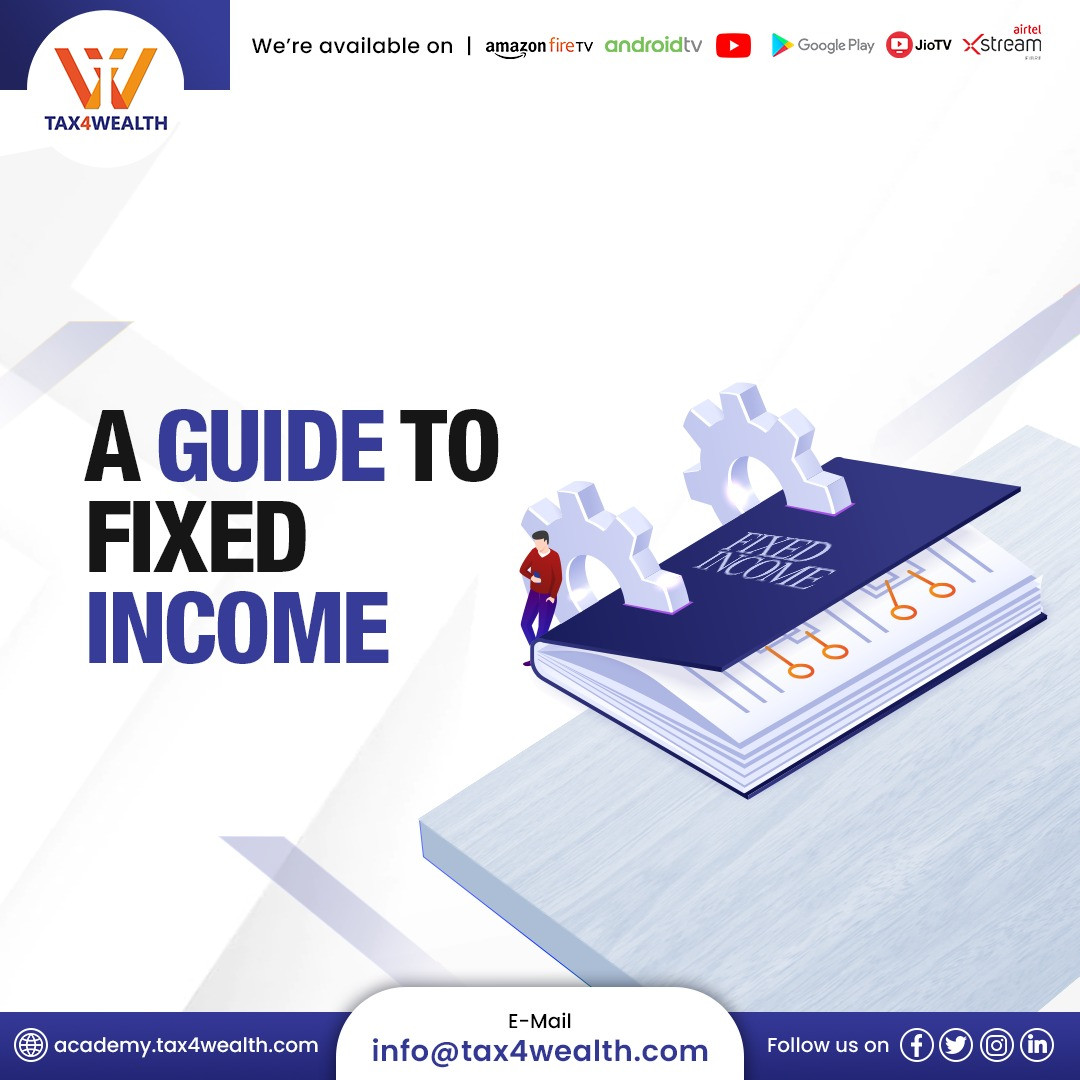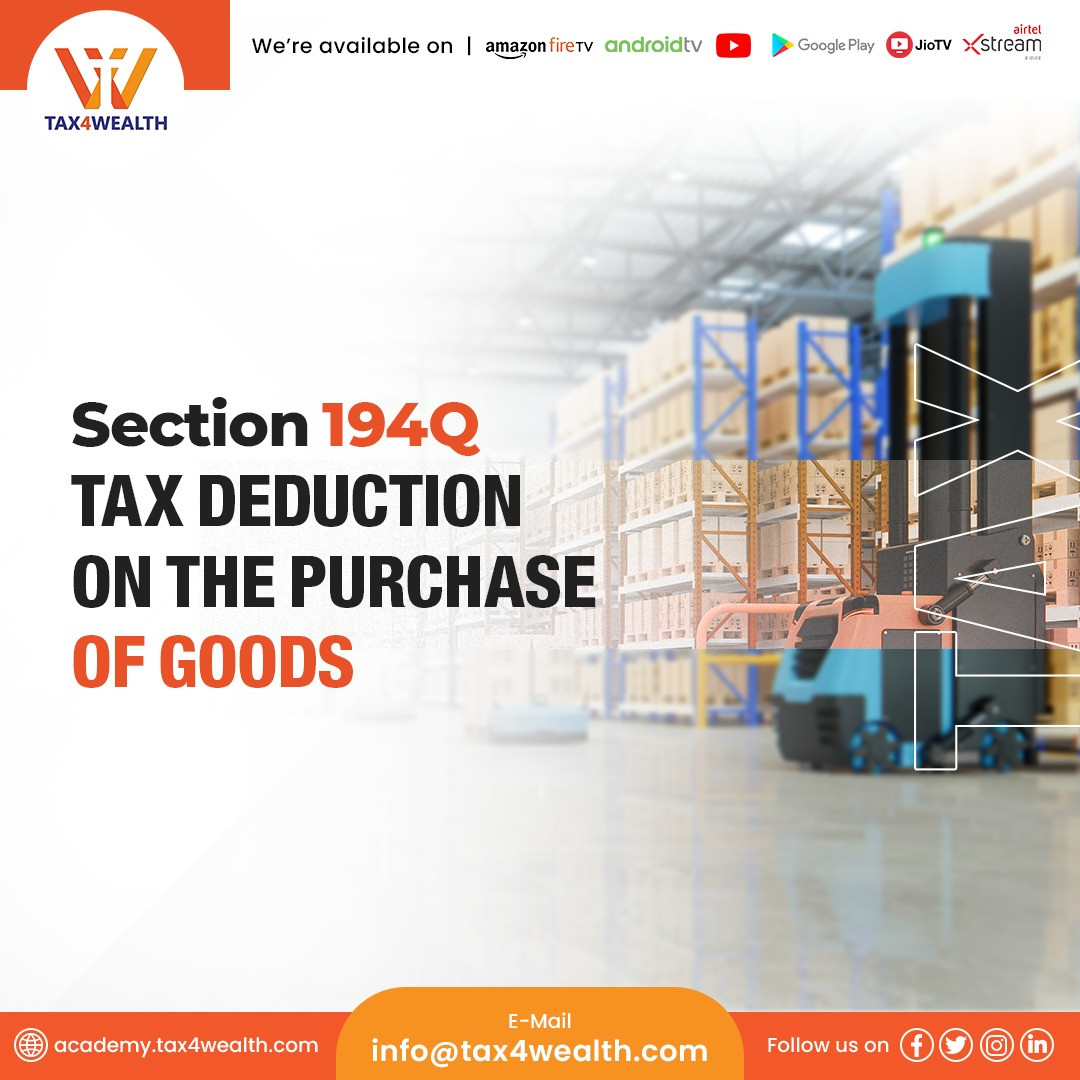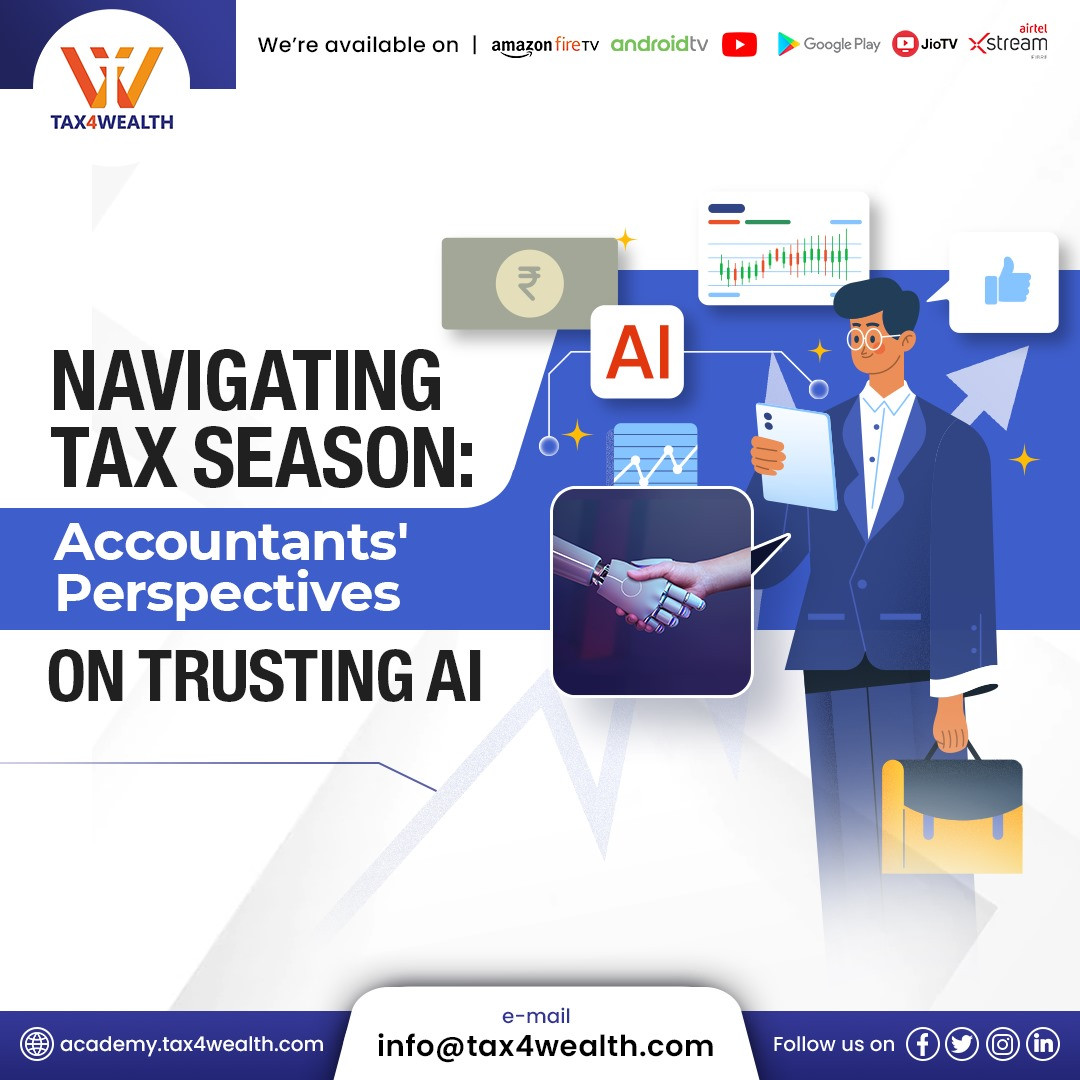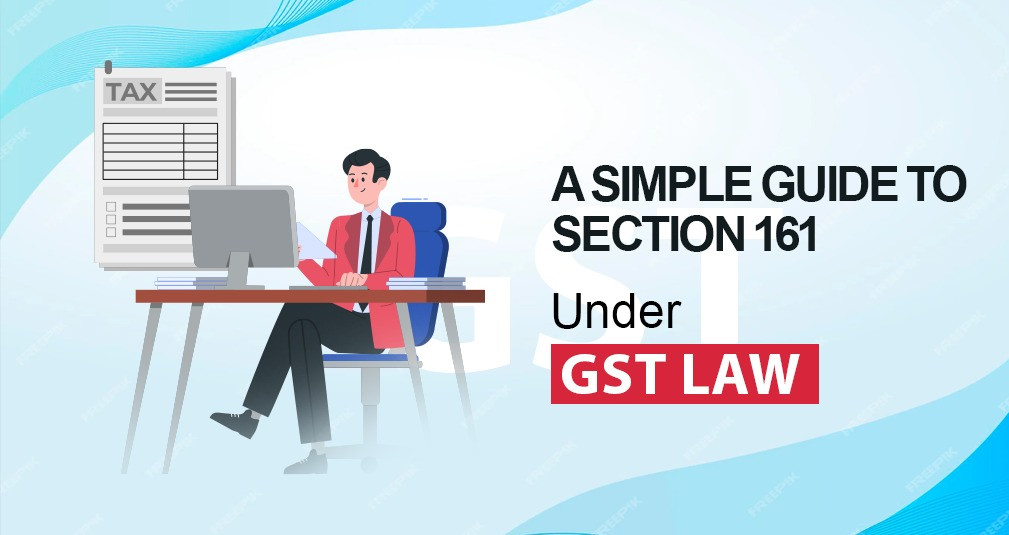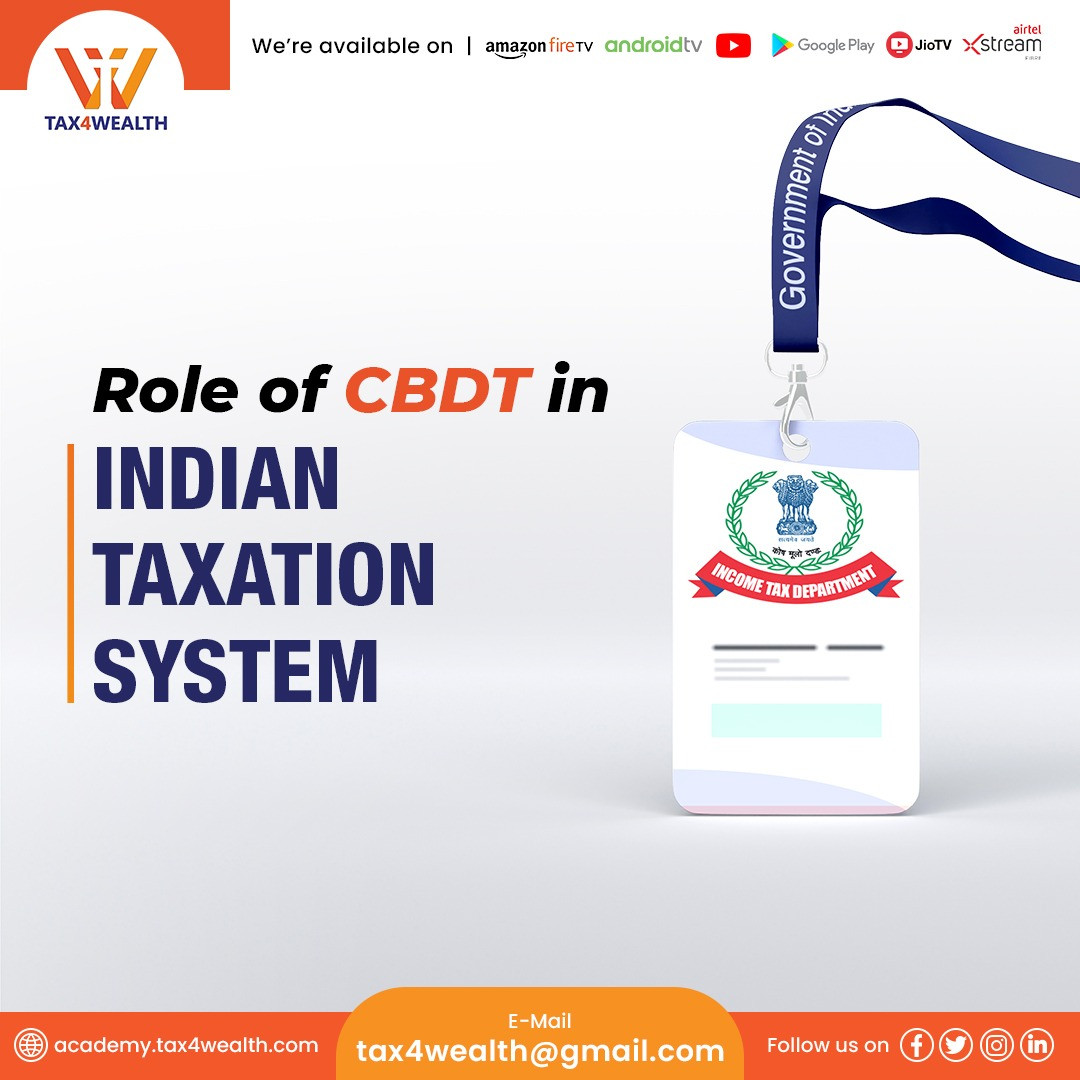
Role of CBDT in Indian Taxation System
Historical Background of Central Board of Direct Taxes (CBDT):
The Central Board of Revenue is the apex body of the Income Tax Department. It is charged with taxes that came into force due to the introduction of the Central Board of Revenue Act, 1924. In the beginning, the board was provided the charge of direct as well as indirect taxes. However, when the administration taxes became complex to handle, then the board was divided into two such as;
1. Central Board of Direct Taxes
2. Central Board of Excise and Customs
Both of the aforesaid boards came into force on 1 January 1964. The separation of the same was introduced by constituting two boards under Section 3 of the Central Board of Revenue Act, 1963.
Also read; CBDT Interim action plan
What is the Central Board of Direct Taxes (CBDT)?
The Central Board of Direct Taxes (CBDT) is a statutory body established under the Central Board of Revenue Act, 1963. It is considered the official financial task force unit of India. The Central Board of Direct Taxes is governed by the Department of Revenue under the guidance of the Ministry of Finance.
Originally, the board was known as the Central Board of Revenue which worked as an apex body of the Income Tax Department. The aforesaid board was established under the Central Board of Revenue Act, 1924. It was governing direct as well as indirect taxes. Later, in the year 1964, the Central Board of Revenue was divided into the following two boards;
1. Central Board of Direct Taxes
2. Central Board of Excise and Customs
What are the structure of the Central Board of Direct Taxes (CBDT)?
The Central Board of Direct Taxes consists of six members and a chairman. They deal with the following aspects;
✅ Administration
✅ Income Tax & Revenue
✅ Audit and Judiciary
✅ Legislation
✅ Investigation
✅ TPS & System
The members of the CBDT are selected from the Revenue Services of India. The members also make the top management of the Income Tax Department.
What are the composition of the Central Board of Direct Taxes (CBDT)?
The CBDT consists of six members and a chairman. The details whereof are furnished below;
✅ Chairman
✅ Member (Administration)
✅ Member (Revenue and Income Tax)
✅ Member (Investigation)
✅ Member (Legislation)
✅ Member (Audit and Judicial)
✅ Member (TPS and System)
What are the Functions of the Central Board of Direct Taxes (CBDT)?
The following are some of the functions of the Central Board of Direct Taxes;
✅ CBDT deals with the matter related to imposition and collection of direct taxes.
✅ It works for the formulation of several policies and principles
✅ CBDT supervises the whole Income Tax Department
✅ CBDT provides suggestions regarding the changes and amendments in the direct tax enactments
✅ CBDT provides suggestions regarding the changes in the rates of taxes
✅ CBDT makes proposals for changes in the taxation structure considering the current government policies.
✅ CBDT also provides an Interim Action Plan for each financial year. The details whereof are provided below.
The Key Result Areas and the prescribed time frame as mentioned in the Interim Action Plan for the financial year 2021-22 dated 10 June 2021 are given as under:
|
Key Result Areas Time Limit |
||
|
A. Charges of Assessment, Jurisdictional Assessing Officer, and Exemption Charges |
||
|
(i) |
Verification of Demand: (i) To check all the demand according to PAN and year from the system, TMS or AST, or any manual demand whichever is remained, and also remove the duplicate entries. (ii) Certification and verification in CPC Financial Accounting System (FAS) in some of the cases which are notified under section 245 as issued by CPC till March 31, 2021 |
(i) 31.07.2021 (ii) 15.07.2021 |
|
(ii) |
Redressal for Grievances: Disposal of CPGRAM and Electronic Nirvana (E-nivaran) exceeding 30 days |
30.06.2021 |
|
(iii) |
Survey Reports Uploading: To upload all reports of surveys, scanned copies of extracted documents procured during the survey but the same are not impounded to any other document that is relevant to complete and initiate under section 143(3)/148. |
31.07.2021 |
|
(iv) |
The objection of Audit: To identify and further process; Final settlement minor and major revenue in 75% and objections in internal audit raised till 31.03.2020 Final settlement of minor and major revenue of 50% and 75% respectively and objections in internal audit raised till 31.03.2021 |
15.07.2021 31.07.2021 |
|
(v) |
Effects of Rectification and Appeal: The applications disposal under Ws 154 submitted by the assesses and accordingly providing the effects of appeal in all eligible cases as on 01.04.2021 |
31.07,2021 |
|
|
Jurisdictional Assessing Officer |
|
|
(vi) |
To upload the related and case documents for assessment including set aside cases. |
Immediate |
|
(vii) |
To Identify and process all the cases including the case of 153C, search cases, TR and FT Cases, and Flack money Act cases. These need centralization in the central charges. |
30.06,2021 |
|
(viii) |
Passing of orders in partial set-aside cases that must be at least 25% cases of total pendency till 01.04.2021 |
31.07.2021 |
|
|
Exemption Units: |
|
|
(ix) |
The cases that are falling under CCIT jurisdiction are still termed as incorrect jurisdiction for identification and transfer to respective CSIT. |
As far as possible |
|
(x) |
Disposal of petitions that are submitted up to 31.03.2021 to seek condonation for the delay in filing Form 10 & 10B |
30.06.2021 |
|
(xi) |
To complete the consequential rectification made by assessing officers in all cases in which condonation has been provided by the CIT for the delay in filing Form 10 & 10B. |
31.07.2021 |
|
B. NAFAC |
||
|
|
Disposal of penalties and assessment of at least 30% in cases that are barred as on 30.09.2021 |
31.07.2021 |
|
C. TDS Units |
|
|
|
(1) |
For reduction in TDS demands as of 01.04.2021 which includes demands that are not fallen due by 25% The collection out of demands of TDS demands as of 01.04.2021 also includes demand not fallen due by 10% |
31.07.2021 |
|
(ii) |
The examination of the first 30 top short payment cases according to the Assessing Officer and also according to the MIS report (SP with unconsumed challans) |
|
|
(iii) |
The reconciliation cases that are brought forward (as of dated 01.04.2021) of TDS as reported by AINs with payment by State through OLTAS and based on the report provided on the TRACES portal. |
|
|
(iv) |
Seminars and awareness campaigns have to be conducted with the help of webinars |
|
|
(v) |
Disposal of applications under section 154 of the Income Tax Act as submitted by the assesses up to 31.03.2021 |
|
|
(vi) |
Passing of order under section 201(1)/(IA) for cases that are falling under the TDS survey conduct report conducted up to 31.03.2021 |
|
|
(vii) |
The disposition of l pending applications for lower or nil deduction as of 30.06.202 under section u/s 197 and 206C (9) with TDS or TCS certificates |
|
|
D. CIT(AUs) |
||
|
(i) |
At least 100 draft appellate orders Passing |
31.07.2021 |
|
(ii) |
Appeals for V5V regarding form 5 that is received must be disposed |
Within one week from the receiving of the Form |
|
E. CIT(Audit) |
||
|
(i) |
The disposition of pending references in respect of certificates needed for the disposition of reward claims of informants. |
31.07.2021 |
|
(ii) |
To conduct a meeting with the level of Pr. CIT (Audit) and Pr. Director (Audit) to settle the pending objections as soon as possible. |
31.07.2021 |
|
(iii) |
To take action for settlement IAP objections of at least 20% that are raised in the financial year 2020-21 |
31.07.2021 |
For more information, Visit us at: https://academy.tax4wealth.com/
No comments yet, Be the first to comment.



